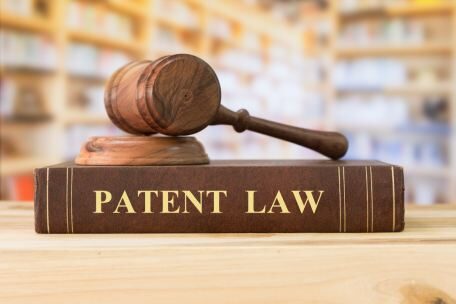How Much Does it Cost to Obtain a Patent?

As an inventor and entrepreneur, you likely understand the value of protecting your intellectual property. After investing substantial time, energy and finances on research and development of your product, however, you may be concerned about how much a patent will cost, despite the valuable protections it provides. While a variety of factors, including the type of patent, the size of your business, and the overall complexity of the invention will contribute to the cost of obtaining a patent with the USPTO, here is a general overview of what you can expect to pay.
Types of Patents
One factor contributing to the overall cost of a patent is the type of patent you wish to obtain or that may apply to your particular product or invention. Each requires specific documentation and involves a different examination process. The three types of patent applications are as follows:
Design Patents
This patent protects the ornamental, non-functional aspects of your invention. The sleek design of a smart phone or the unique shape of a running shoe, for example, could be protected by a design patent. Once a design patent is issued by the USPTO, it will last 15 years from the issue date.
Utility Patents
The functional or structural aspects of your invention that make it new and novel can be the subject of a utility patent. The innovative functionality or structural characteristics of a vacuum, for instance, may qualify for a utility patent. Once a utility patent is approved by the USPTO, it will last for 20 years from the earliest filing date.
the category of utility patents, there may be an initial option in terms of obtaining a filing date called a provisional patent application which will not be examined by the USPTO. Instead, a provisional patent application will remain “Patent Pending” for 12 months, at which time you must file a non-provisional patent application to continue the process and have the invention examined by a patent examiner at the USPTO.
Plant Patents
Less common than design or utility patents, a plant patent protects new species of plants developed through cutting, not germination. One well-known example of this patent is the Honeycrisp apple. Plant patents prohibit others from breeding the varietal, and once approved by the USPTO, the patent will protect the plant species for 20 years from the filing date.
The Costs of a Patent
The exact cost of obtaining a patent may be based on a number of different factors including the size of the business or entity filing the patent application (which can impact the government fees) and the complexity of the invention itself. Consult the USPTO Patent Fee Schedule for the most up-to-date government fees, which are currently provided as follows:
Design Patent Applications:
- Basic Filing Fee: $55-$220
- Patent Search Fee: $40-$160
- Patent Examination Fee: $160-$640
- Design Issue Fee: $185-$740
Non-Provisional Utility Patent Applications:
- Basic Filing Fee: $80-$320
- Patent Search Fee: $175-$700
- Patent Examination Fee: $200-$800
- Utility Issue Fee: $300-$1,200
Provisional Utility Patent Applications:
- Application Filing Fee: $75-$300
Plant Patent Applications:
- Basic Filing Fee: $55-$220
- Patent Search Fee: $110-$440
- Patent Examination Fee: $165-$660
- Plant Issue Fee: $210-$840
It should be noted that the process to apply for a patent is unique for each inventor and invention, and for purposes of clarity, the above-noted fees do not include attorney’s fees for preparing the patent application, which can range from an estimated $4,000 to $8,000.
Engage an Experienced IP Attorney
Inventors are often do-it-yourselfers by nature, and it’s likely served you well to take the DIY approach in many aspects of your product’s development. But it may not be the best option when it comes to applying for a patent. The process to obtain a patent with the USPTO involves many complex steps and detailed legal decisions, from conducting a search to ensuring that your invention has been adequately described prior to submission. One mistake or misstep could prolong the process, result in additional fees, or cause your application to be rejected.
When you engage an experienced patent attorney, you can be sure that the process will run smoothly, all while you continue to fine tune your design or begin to market your product. Your attorney can help guide you on the types of patents you’ll need to protect your invention, as well as the documentation needed to file with your application. While this expertise will come at an additional cost, the value of working with a patent attorney cannot be overstated. It may even save you time and money in the future, as the likelihood that you’ll need to re-file your patent application later on is much less likely when you’ve partnered with an attorney.
Patent Costs
A variety of factors will affect the costs of filing for an obtain a patent, including, for example, the type of patent application submitted, the size of your business or entity, and the complexity of the invention. Consider working with an experienced attorney that can provide assistance in selecting the correct type patent application, conducting a thorough search, and submitting the appropriate documents to increase the likelihood that your patent is approved. Contact Gerben IP today to learn about our professional patent services.
Do you need assistance with a trademark matter?
Contact an Attorney Today